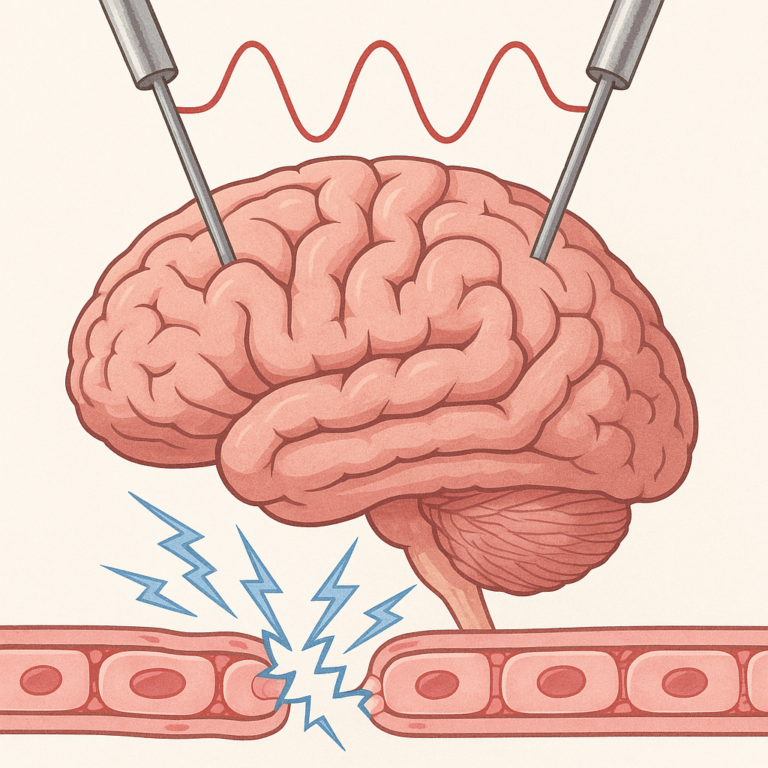Introduction
Acetylcholine is a vital neurotransmitter, the chemical messenger responsible for transmitting signals between nerve cells within the nervous system. Its discovery by Otto Loewi in the early 20th century marked a significant breakthrough in neuroscience, enabling researchers to delve more deeply into the intricacies of nerve communication (Loewi, 1921). This article presents an in-depth analysis of acetylcholine, its functions, how it impacts human health, and the current research trends surrounding it.
Synthesis and Release of Acetylcholine
The synthesis of acetylcholine occurs in nerve endings, where the enzyme choline acetyltransferase combines choline and acetyl CoA to form the molecule (Picciotto et al., 2012). The neurotransmitter is then stored in vesicles until a nerve impulse triggers its release into the synaptic cleft, the tiny gap between neurons. Its release is calcium-dependent, and it quickly diffuses across the synapse to bind to specific post-synaptic receptors, triggering a response in the receiving neuron (Kandel et al., 2000).
Functions and Mechanisms of Action
Acetylcholine plays a crucial role in both the peripheral and central nervous systems. In the peripheral nervous system, it facilitates neuromuscular communication, enabling muscle contraction and controlling heart rate. In the central nervous system, it is involved in memory, learning, and attention (Picciotto et al., 2012).
Acetylcholine can bind to two types of receptors: nicotinic and muscarinic. Nicotinic receptors, found in the neuromuscular junction and autonomic ganglia, are ionotropic, meaning they function as ion channels when activated, allowing ions to pass through (Dani & Bertrand, 2007). In contrast, muscarinic receptors are metabotropic, found in the heart, smooth muscle, and central nervous system, and they operate through G-protein-coupled mechanisms, influencing various cellular responses (Caulfield, 1993).
Acetylcholine in Health and Disease
The proper functioning of acetylcholine is essential for health. However, disruptions in its signalling pathways can lead to various diseases. For instance, Alzheimer’s disease is associated with a marked decrease in acetylcholine (Francis et al., 1999). Myasthenia gravis, a neuromuscular disorder, is characterized by the production of antibodies that block acetylcholine receptors, leading to muscle weakness (Drachman, 1994).
Conversely, excessive acetylcholine can lead to a condition known as cholinergic crisis, characterized by muscle weakness, breathing difficulties, and even death if not treated promptly (Burns et al., 2013).
Recent Research
Recent research on acetylcholine has provided exciting insights into its varied roles. For example, studies have shown that acetylcholine may play a role in inflammation and immune response, suggesting potential therapeutic targets for inflammatory diseases (Kawashima & Fujii, 2003).
Further research is needed to fully understand the diverse roles of acetylcholine in the body and how its disruption leads to disease. This could lead to novel therapeutic strategies for a range of neurological and inflammatory conditions.
Conclusion
Acetylcholine, as a pivotal neurotransmitter, plays a vital role in a plethora of biological functions. Understanding the intricacies of its synthesis, release, and function is essential to comprehend its influence on health and disease. Despite the extensive research on this topic, there is still much to explore, promising exciting future discoveries in the realm of neuroscience.
References
Burns, M. J. (2013). Cholinergic crisis. In: Clinical Neurotoxicology. Elsevier.
Caulfield, M. P. (1993). Muscarinic receptors—characterization, coupling and function. Pharmacology & Therapeutics, 58(3), 319-379.
Dani, J. A., & Bertrand, D. (2007). Nicotinic acetylcholine receptors and nicotinic cholinergic mechanisms of the central nervous system. Annual review of pharmacology and toxicology, 47, 699-729.
Drachman, D. B. (1994). Myasthenia gravis. New England Journal of Medicine, 330(25), 1797-1810.
Francis, P. T., Palmer, A. M., Snape, M., & Wilcock, G. K. (1999). The cholinergic hypothesis of Alzheimer’s disease: a review of progress. Journal of Neurology, Neurosurgery & Psychiatry, 66(2), 137-147.
Kandel, E. R., Schwartz, J. H., Jessell, T. M., Siegelbaum, S., & Hudspeth, A. J. (2000). Principles of neural science (Vol. 4). New York: McGraw-hill.
Kawashima, K., & Fujii, T. (2003). The lymphocytic cholinergic system and its contribution to the regulation of immune activity. Life sciences, 74(6), 675-696.
Loewi, O. (1921). Über humorale Übertragbarkeit der Herznervenwirkung. Pflüger’s Archiv für die gesamte Physiologie des Menschen und der Tiere, 189(1), 239-242.
Picciotto, M. R., Higley, M. J., & Mineur, Y. S. (2012). Acetylcholine as a neuromodulator: cholinergic signaling shapes nervous system function and behavior. Neuron, 76(1), 116-129.




